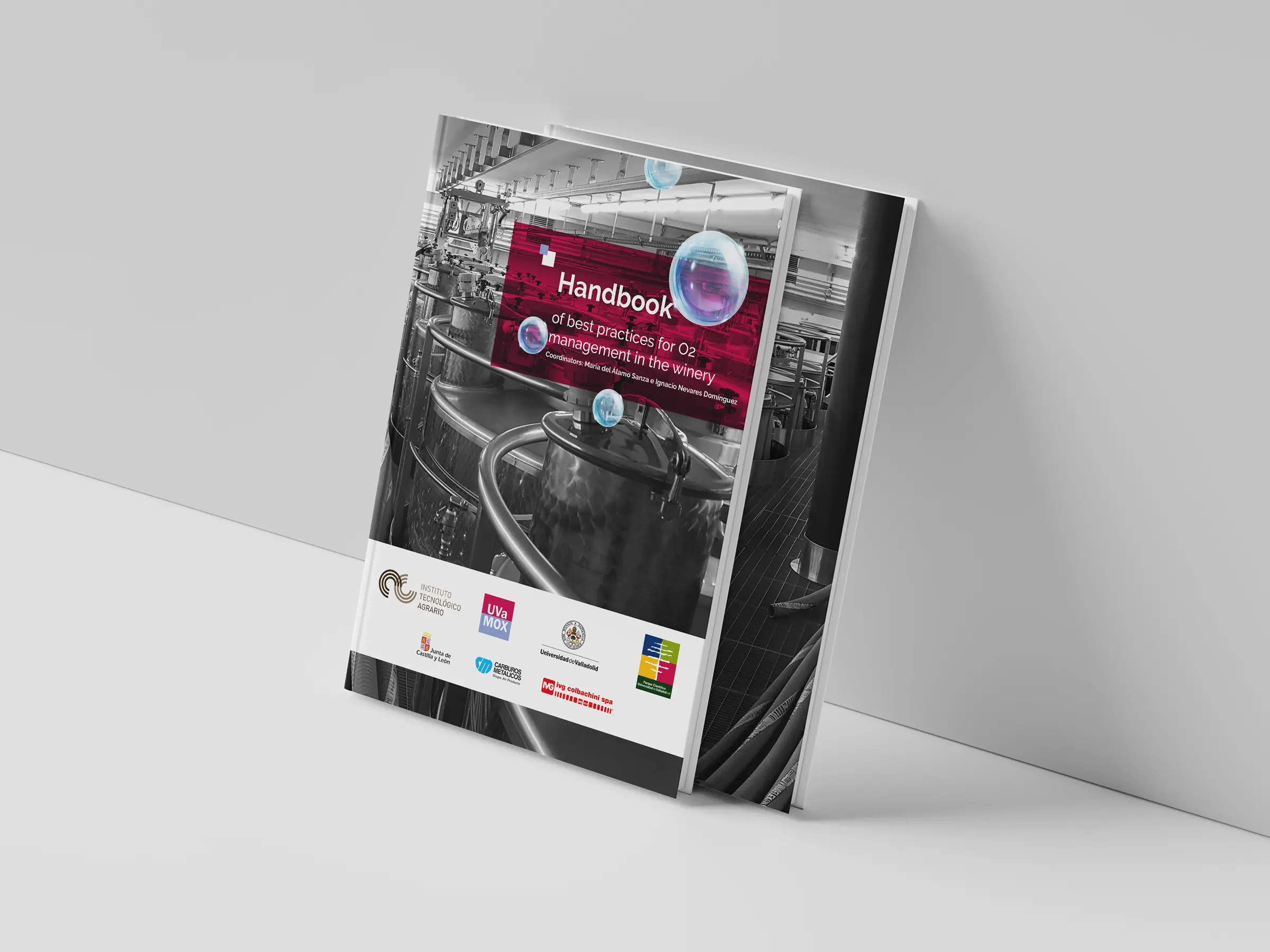Prologue by Andrew L. Waterhouse, Ph. D. (UCDavis)
English edition
A free copy of this handbook can be freely downloaded here
“This book is a very good introduction to the process of oxidation in wine. Oxidation can be very problematic for wine, or very beneficial, depending on the circumstances. So, it is important to have a good understanding of the various oxidation processes, and how to control them to use them effectively in winemaking.
The book opens with a detailed explanation of the physical properties of gaseous oxygen and the various laws that dictate how it behaves so that the reader can learn how to predict, for instance, the amount of oxygen that will exist in a wine if exposed to a particular gas mixture that includes oxygen. The principles behind oxygen measurement devices are also explained so that the reader will understand how to best use the different technologies available.
Then there is a chapter that explains the various reactions that occur in wine oxidation and the techniques that are used to manage oxidation, such as micro-oxidation or hyperoxidation. This will help winemakers understand the chemical impact of oxidation treatments.
Other chapters include the removal or management of oxygen with other gases, such as argon to blanket wines and keep oxygen out, and techniques with these gases to remove oxygen. The various alternatives are compared for particular production operations so that the reader will use these gases appropriately in practice.
But the real utility of this book is in the practical use and management of oxygenation in winemaking. Readers get a clear description of how much oxygen is incorporated into wine when particular processes are undertaken, such as pressing or pumping wine. Such information is key to proper management of final wine chemistry. Further guidance on management includes the use of inerting gases to reduce oxygen exposure and incorporation in racking, and approaches to the removal of oxygen when a process introduces more oxygen that is expected or desired.
A key stage for wine oxidation is bottling. After bottling, there is no further treatment to recover from excessive or insufficient oxygen exposure, so proper management, with typical goals to introduce as little as possible, is essential. The authors describe all the practices that can mitigate oxygen exposure during bottling. Then, there is the question of exactly how much oxygen is in the bottle. This is also explained, including the key step of calculating total package oxygen with dissolved oxygen, headspace oxygen and oxygen coming from the closure itself (i.e. the cork). It is crucial to understand the equilibration of oxygen between the liquid and gas phases, and this understanding relies on some of the important principles of gas behavior that was covered in Chapter 1. And finally, the book concludes with some practical tips for best practices in oxygen management.
So, this is a key resource for the proper management of oxygen in winemaking and a very practical guide that can help winemakers use oxygen in an efficient and effective way to prepare wines that have the taste profile desired by the winemaker.”
Andrew Waterhouse
Professor Emeritus of Enology (Wine Chemist). Department of Viticulture & Enology. University of California Davis

